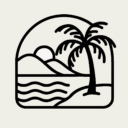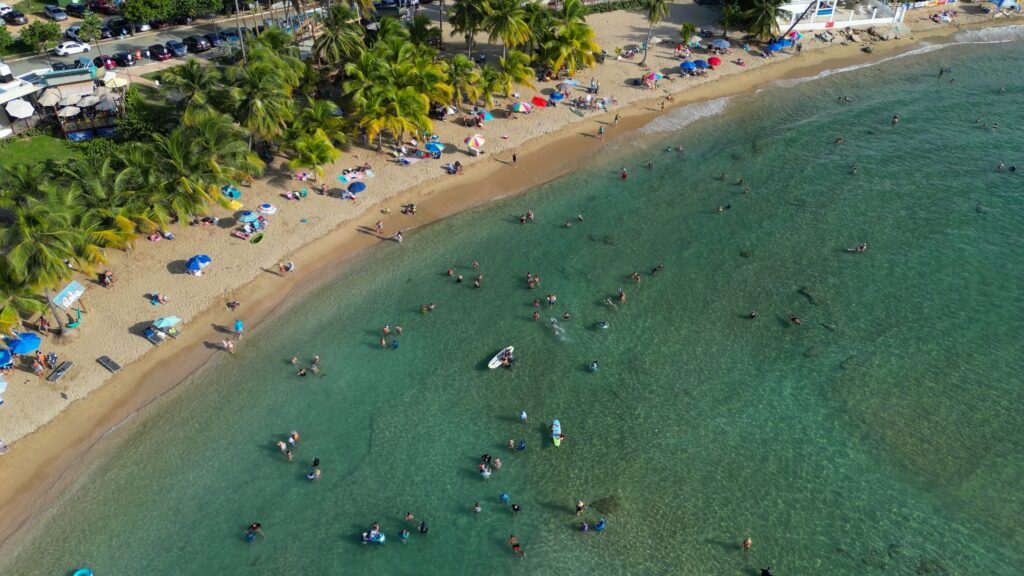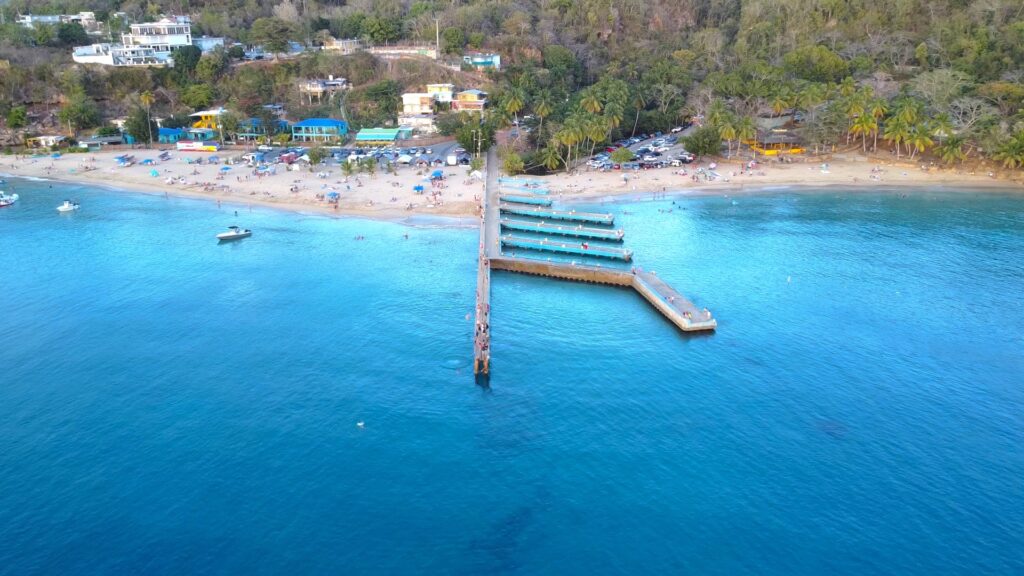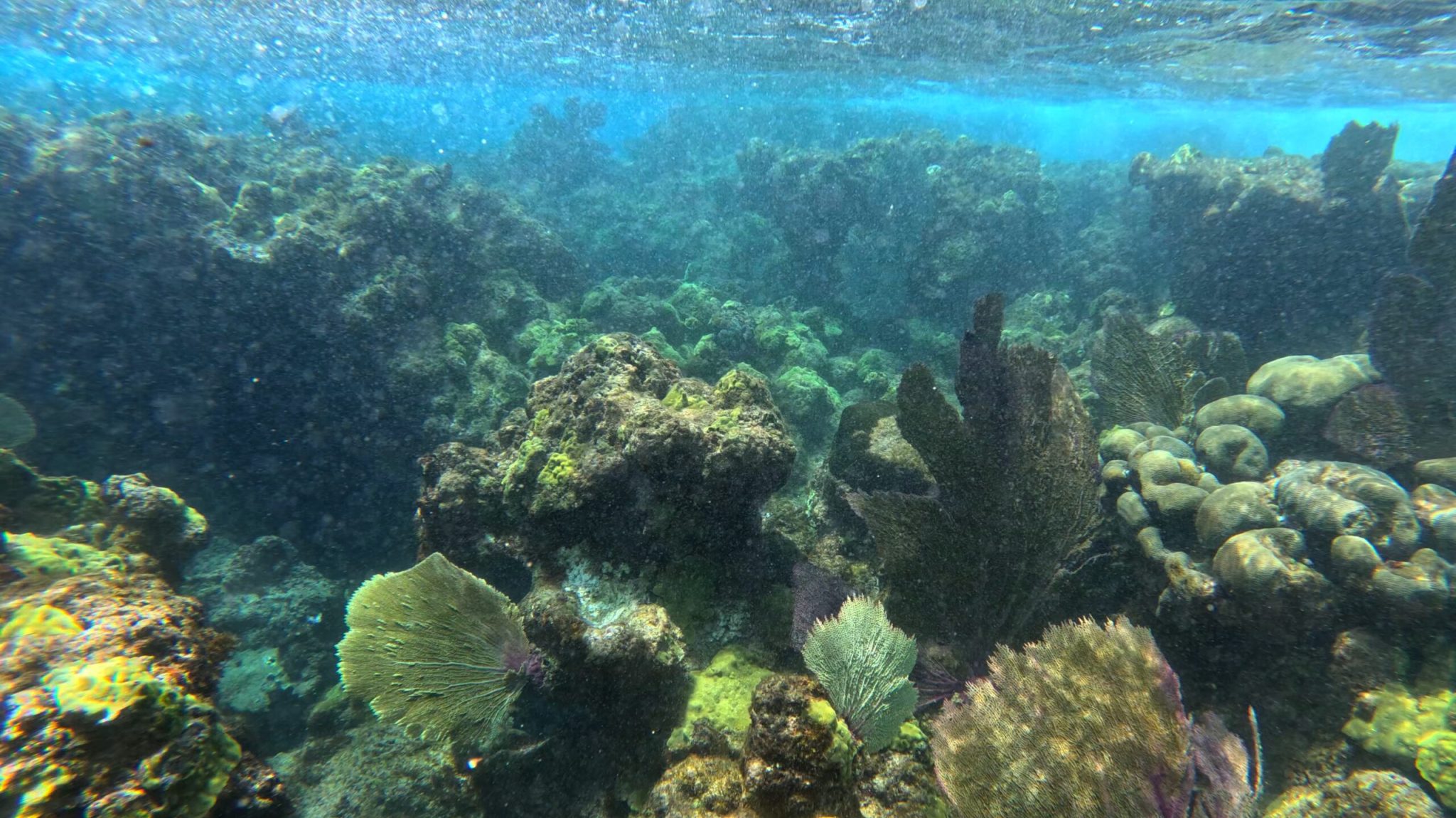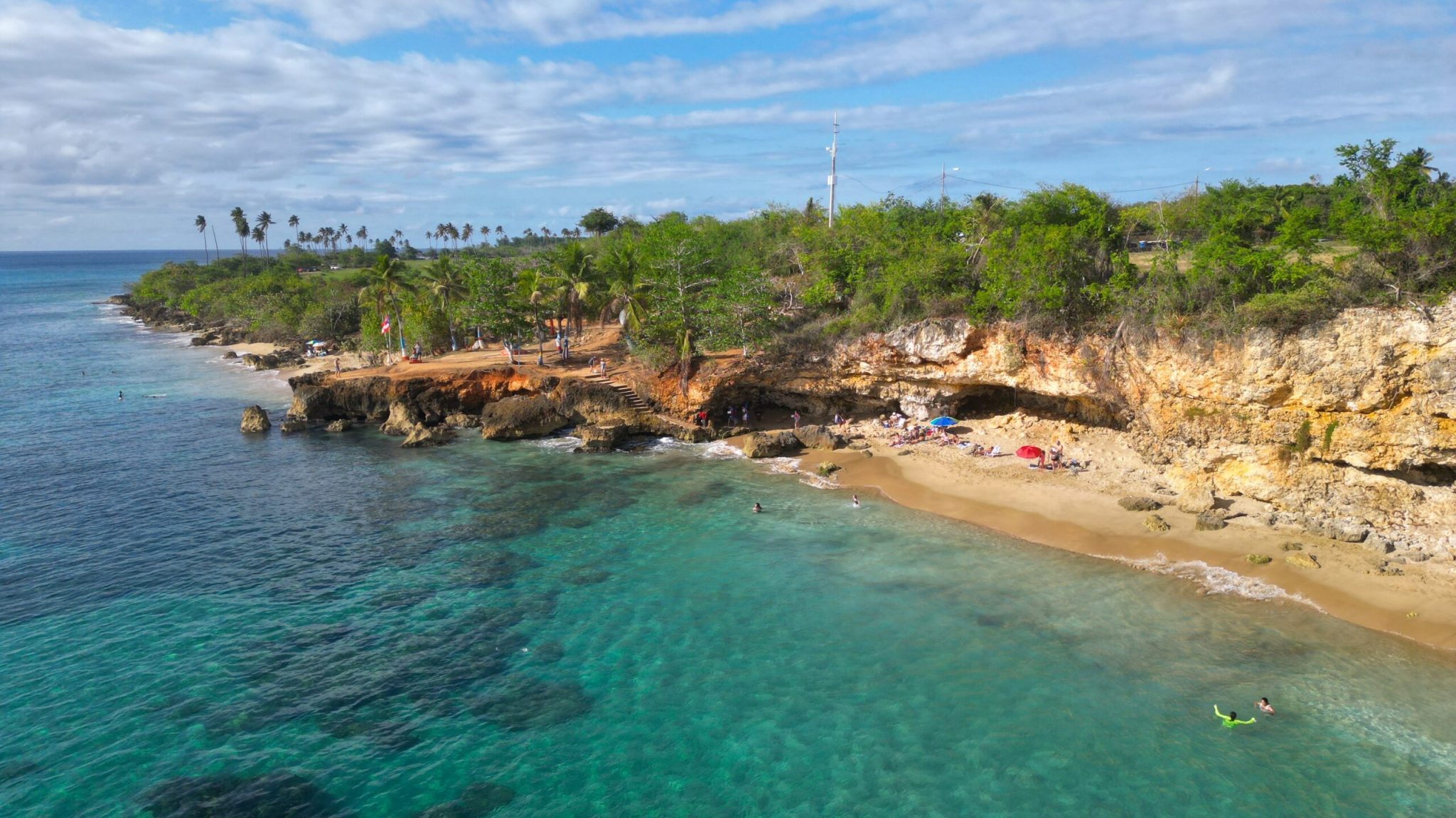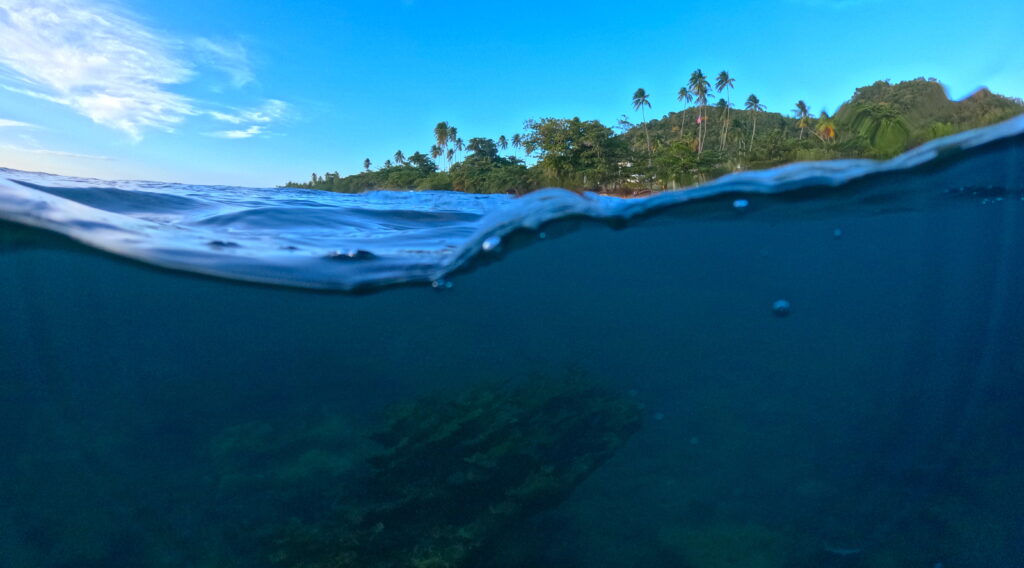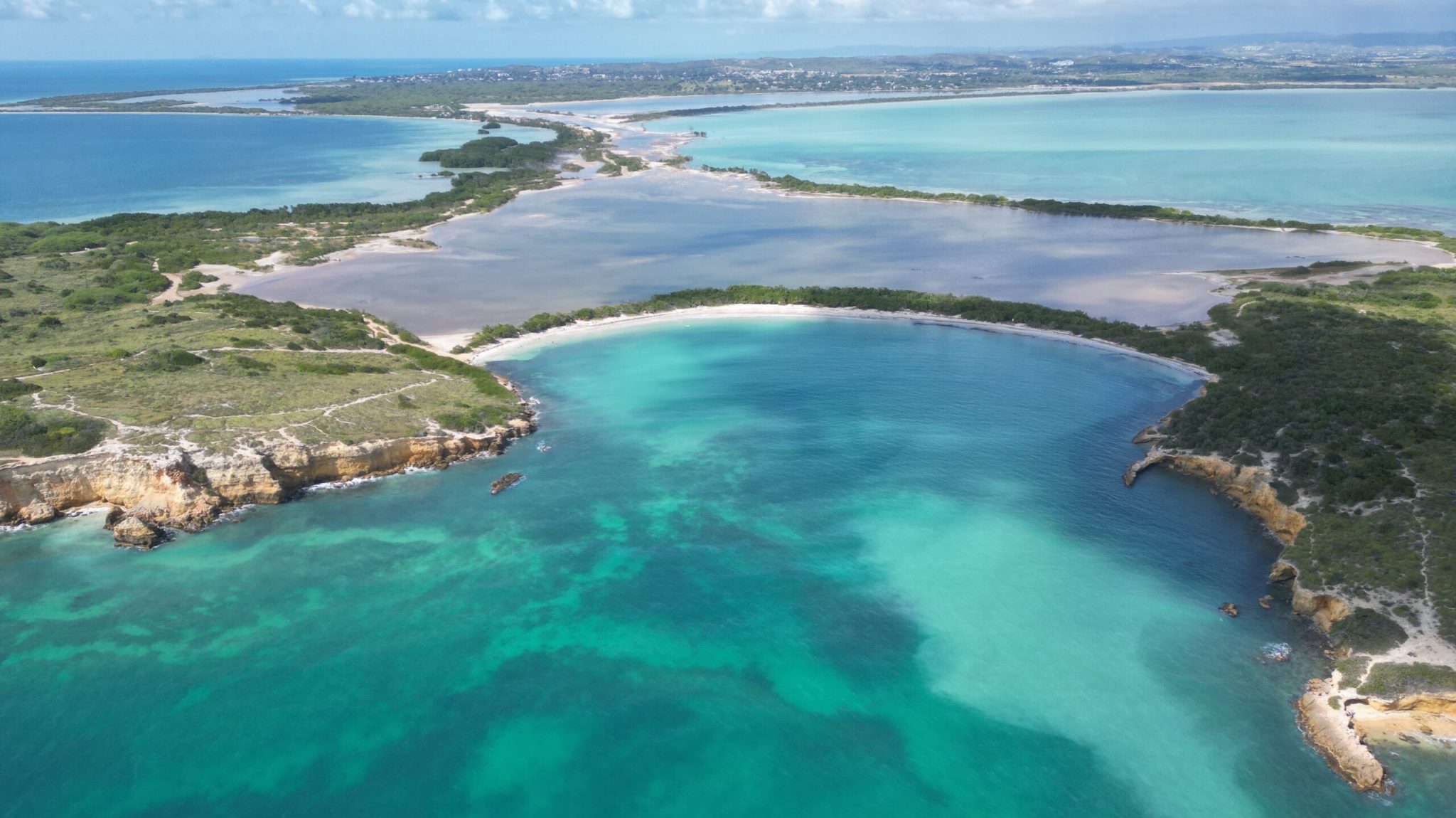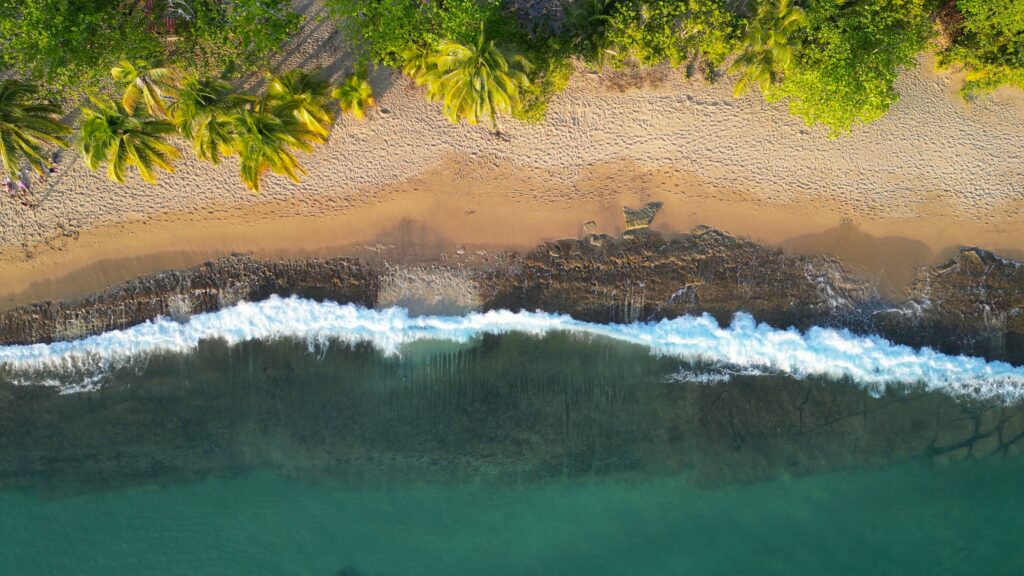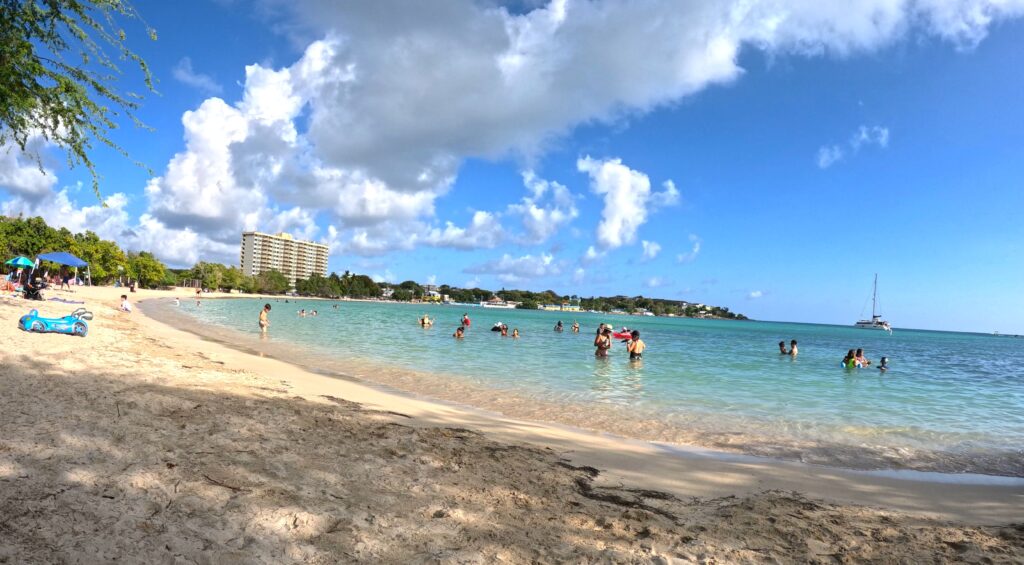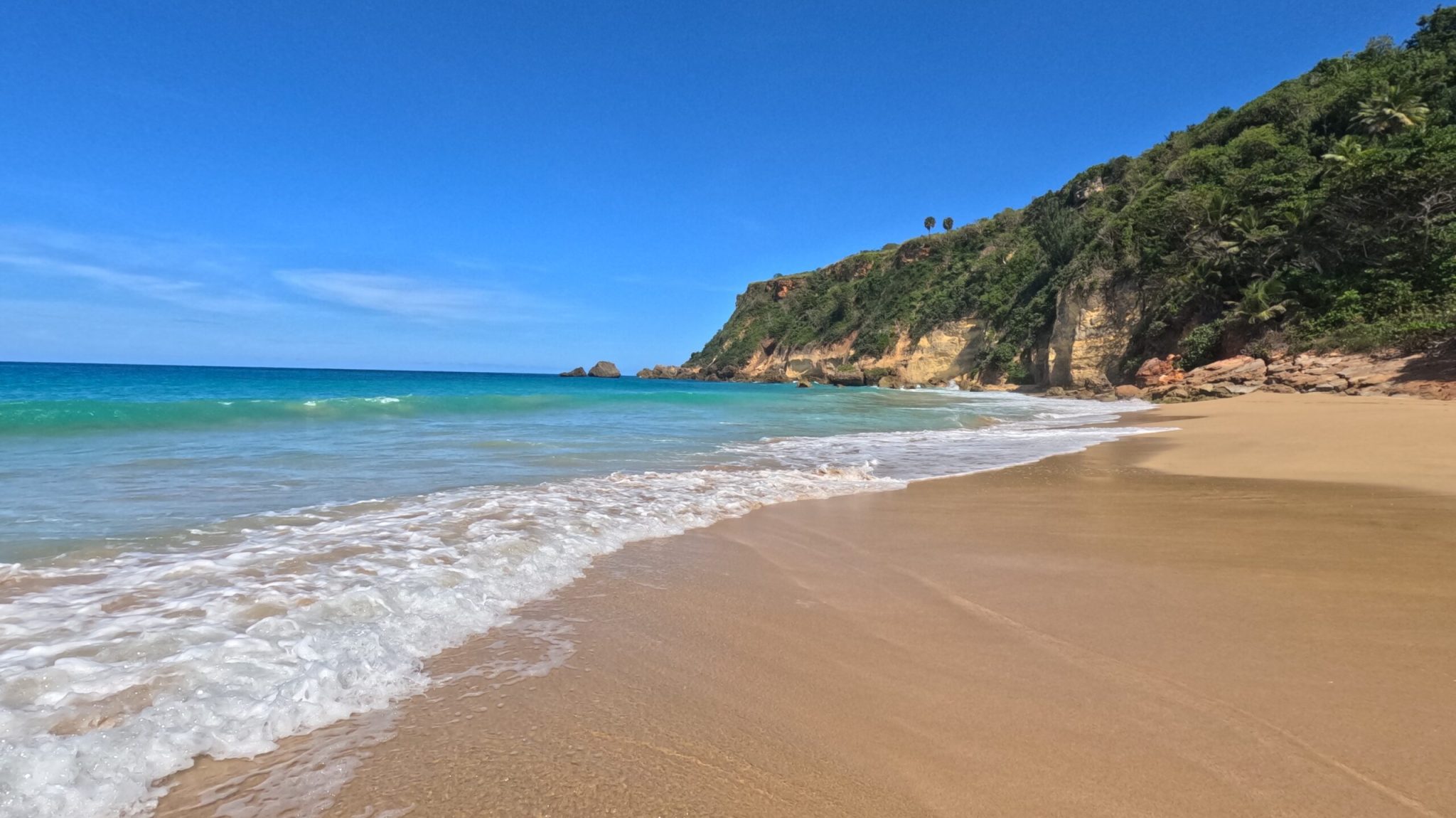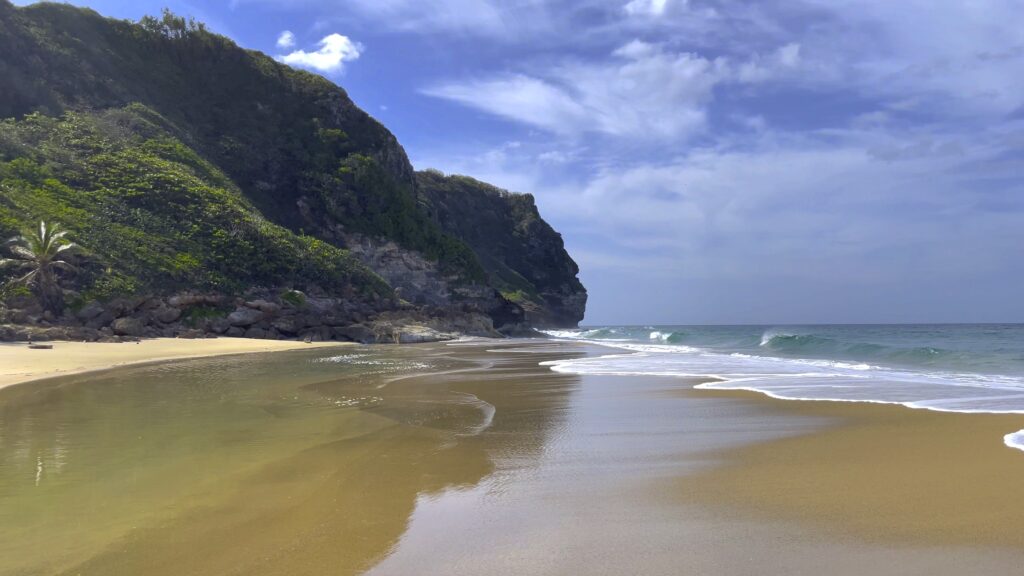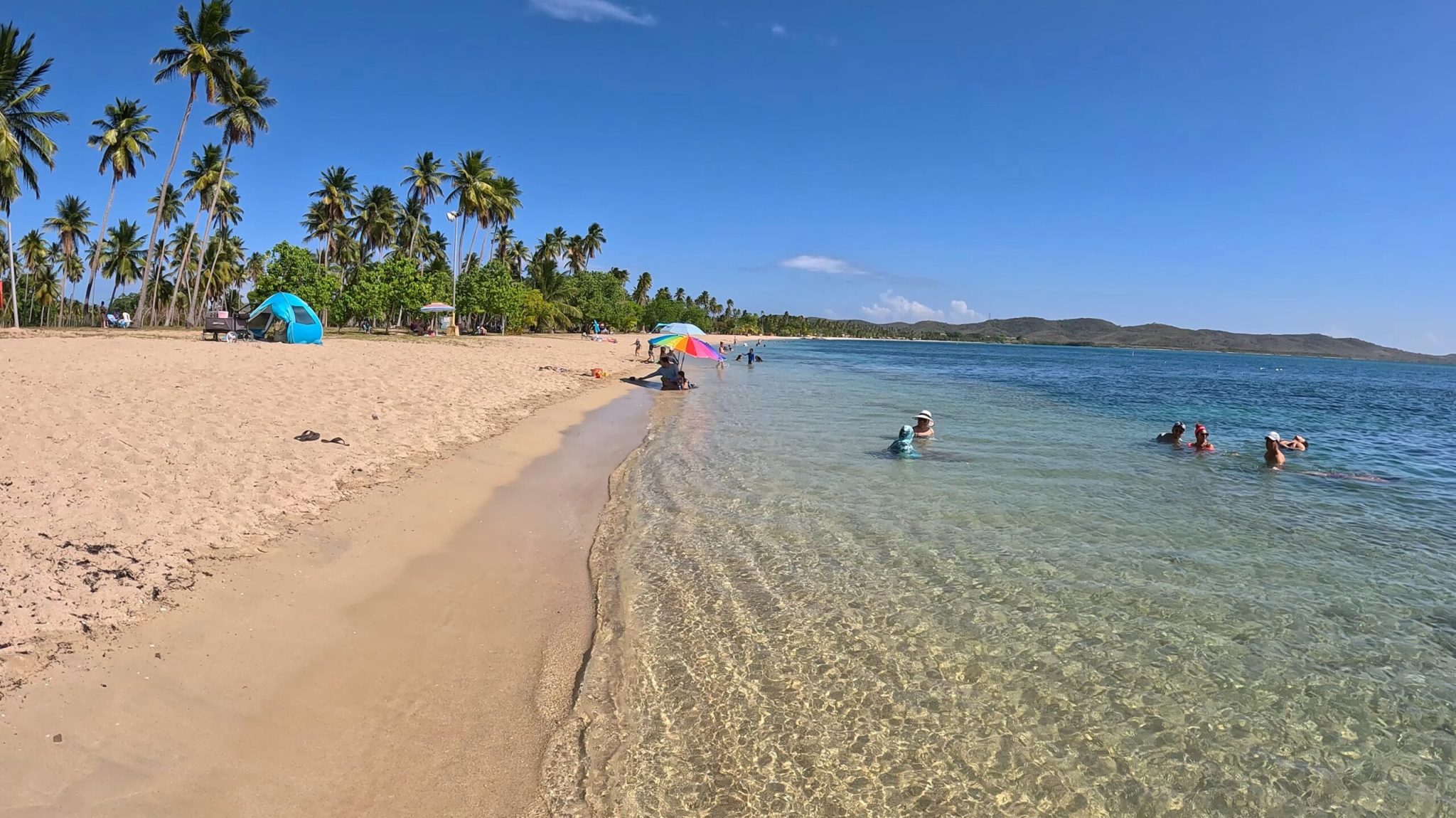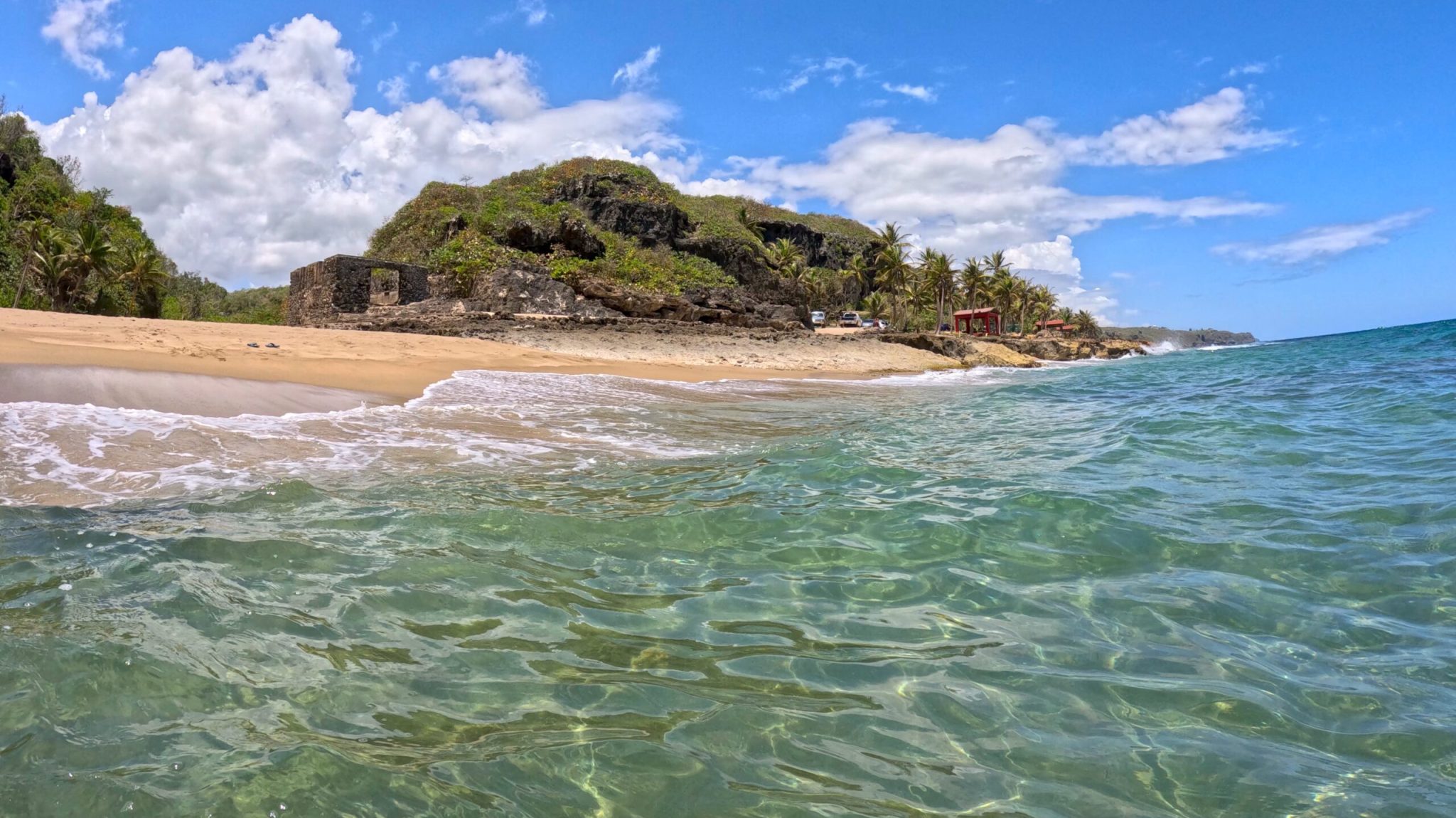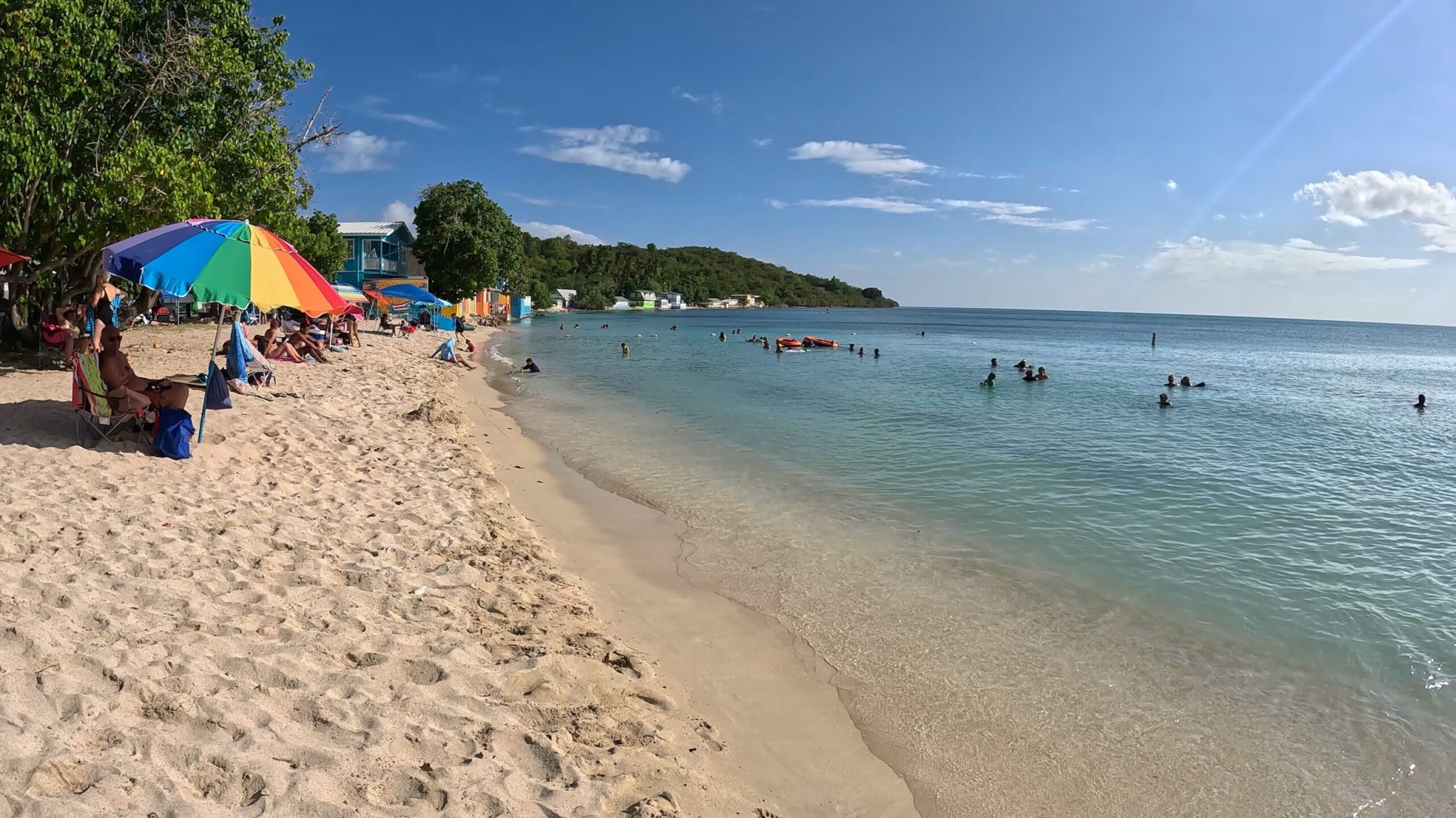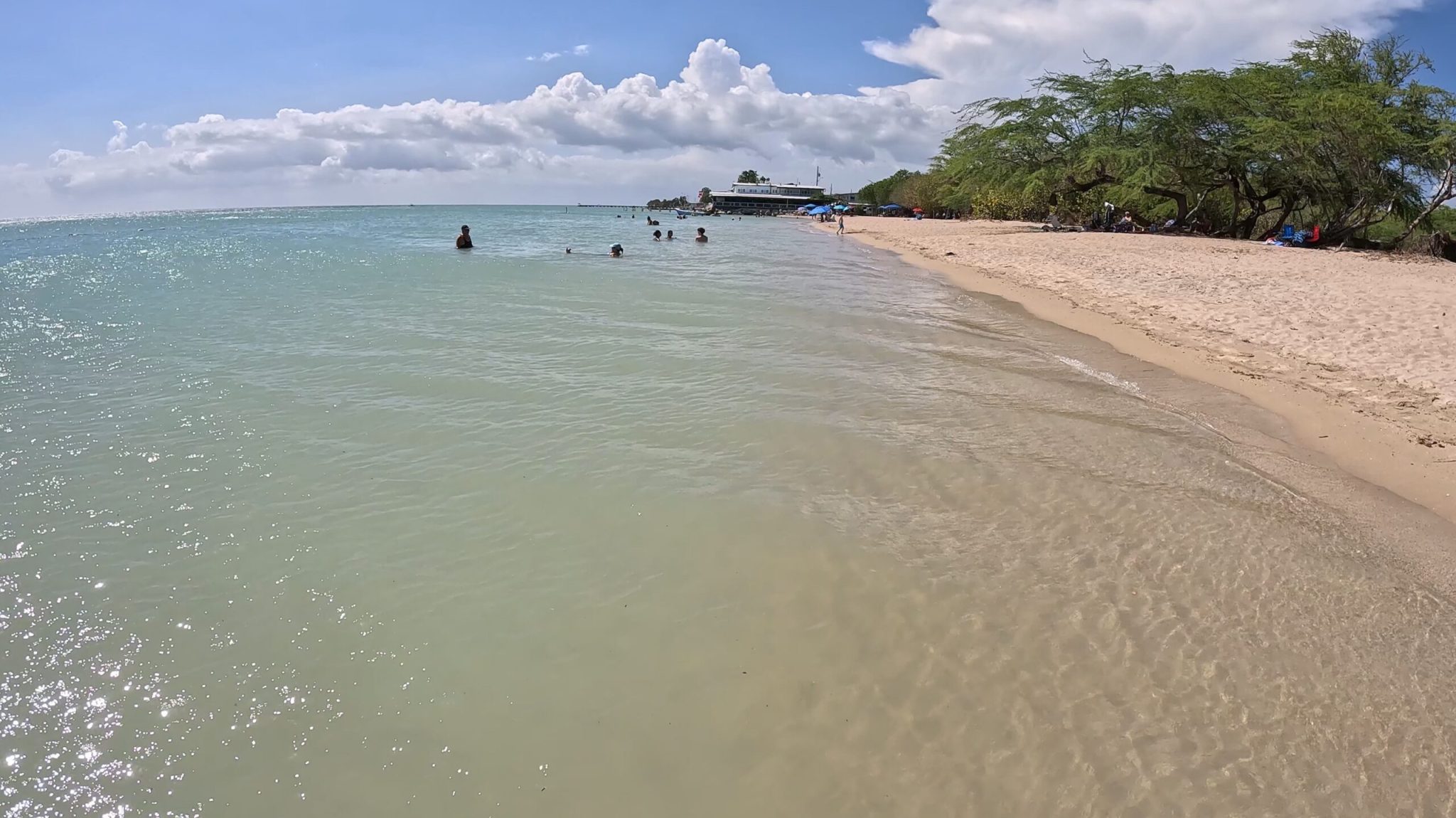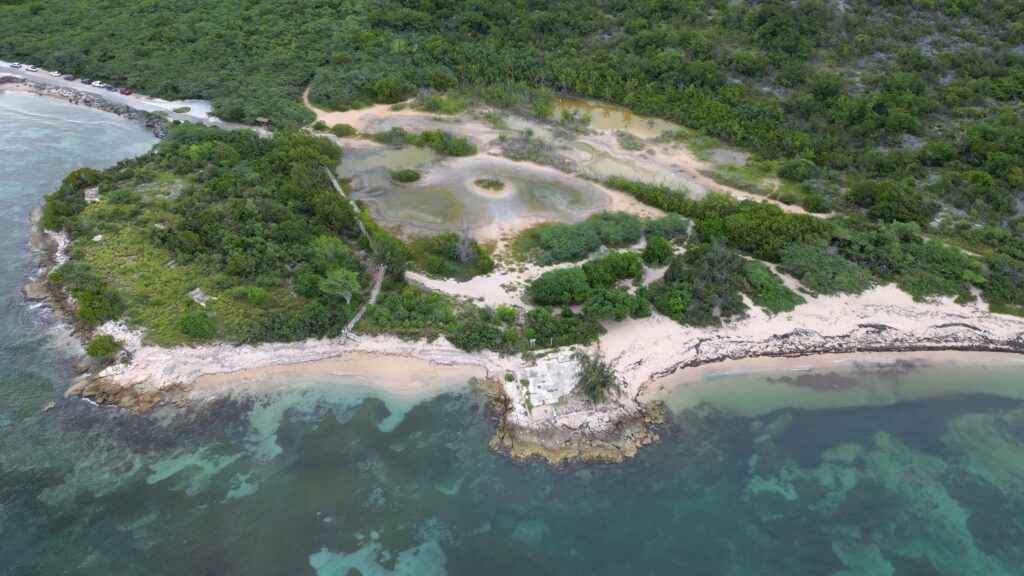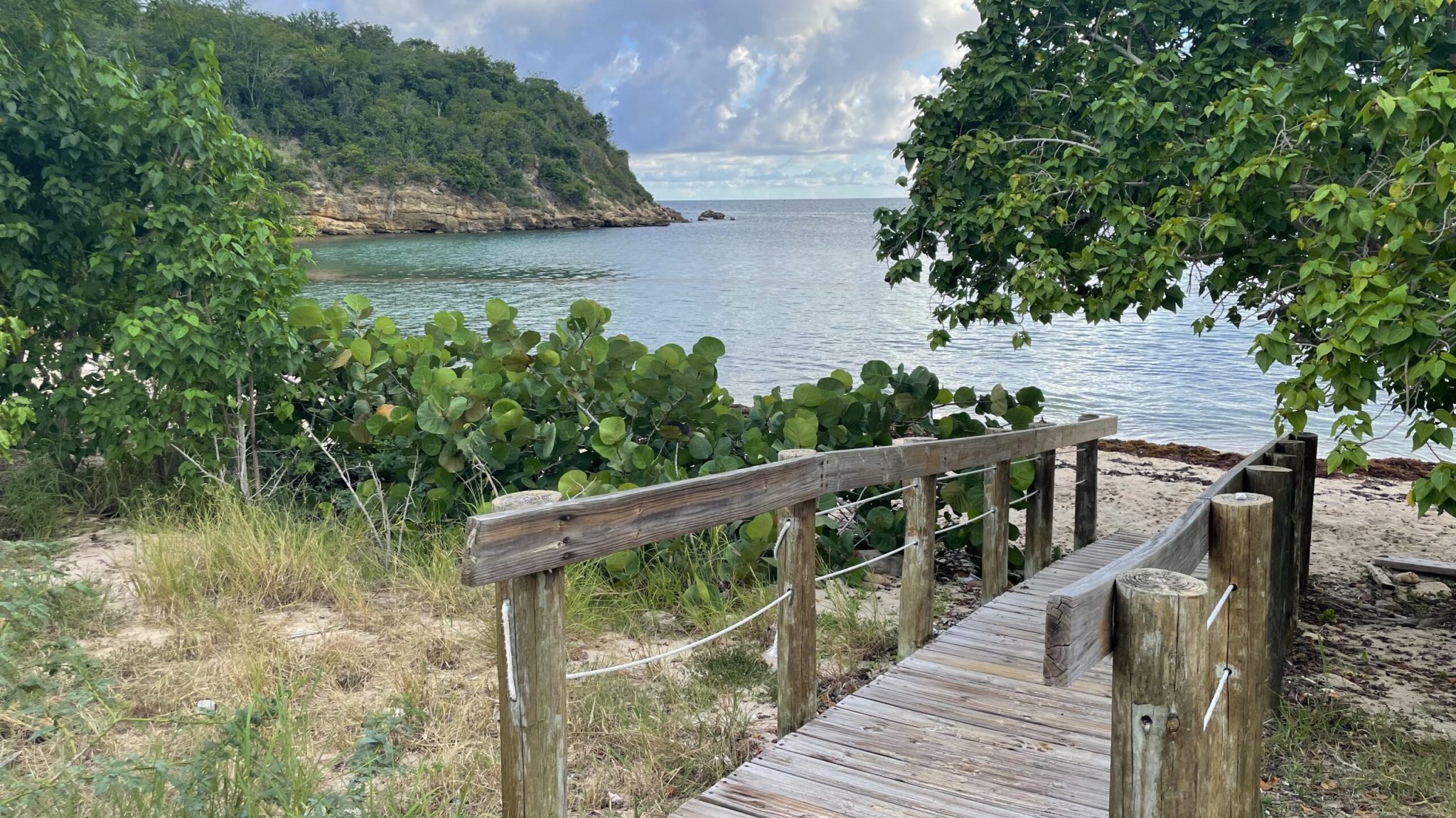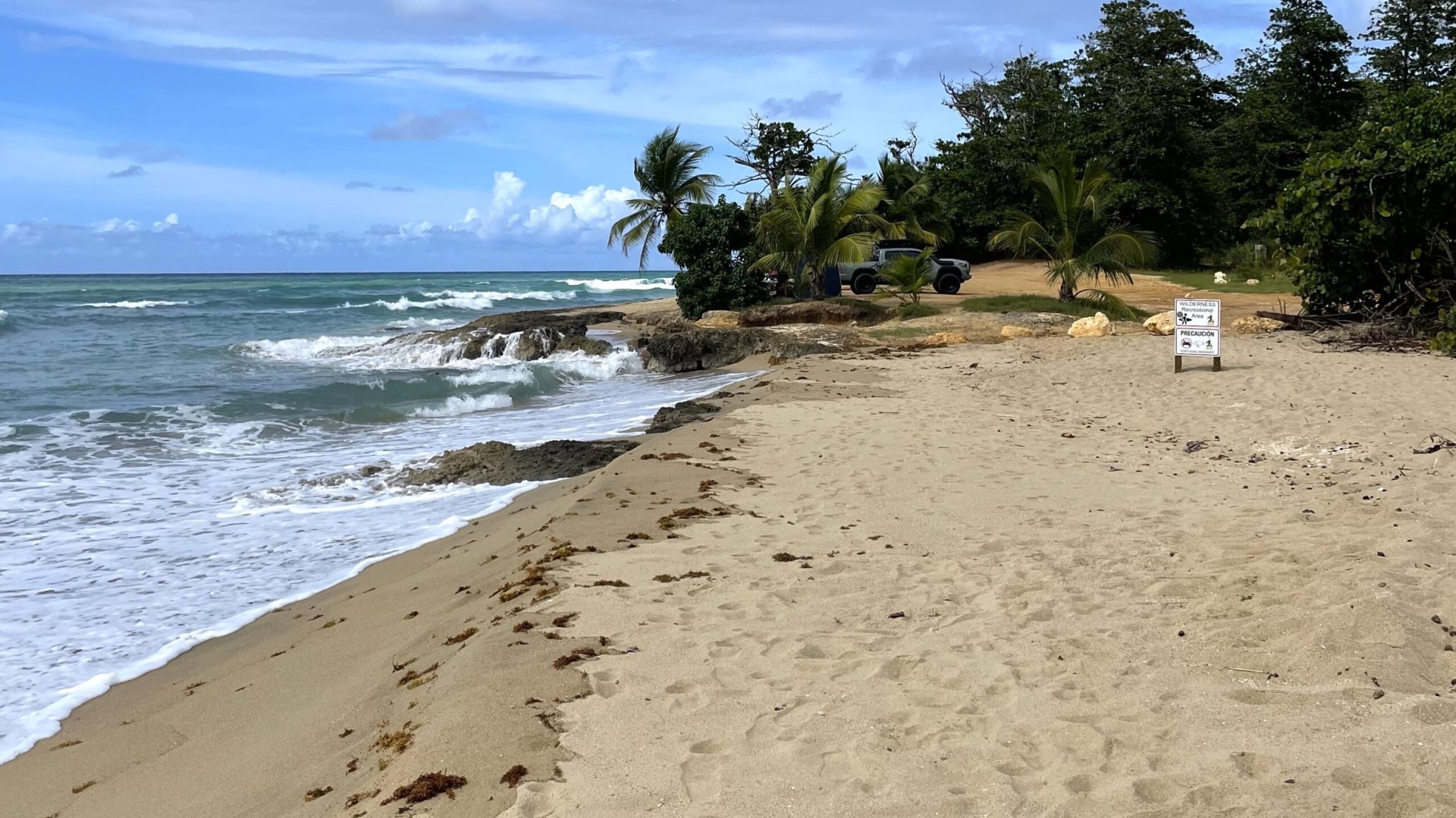Western Region
The Western Region may be the largest of the six regions of Puerto Rico. It will take you 1 hour 45 min to traverse the length of it from north to south coast. This region is best known for its tropical beaches, boasting some of the very best on the island. From Jobos Beach in the north to Sucia Beach in the south, there are many beaches worth visiting. Check out my Beach Hopping guide and Rincón itinerary for more information on visiting these beautiful beaches.
The Western Region has the distinction of having both the best surfing and best snorkeling on the main island of Puerto Rico. Shacks Beach and Steps Beach both have incredible snorkeling. Check out my snorkeling page for details. My favorite surf spots are Domes Beach and Jobos Beach. Both are amazing. Maria Beach, right next to Domes Beach, is considered by many to be the best surfing beach on the island. It hosts surf competitions and may offer the best surfing in the entire Caribbean.
Besides beaches, the most notable attractions are La Parguera Nature Reserve and Gozalandia Waterfall.
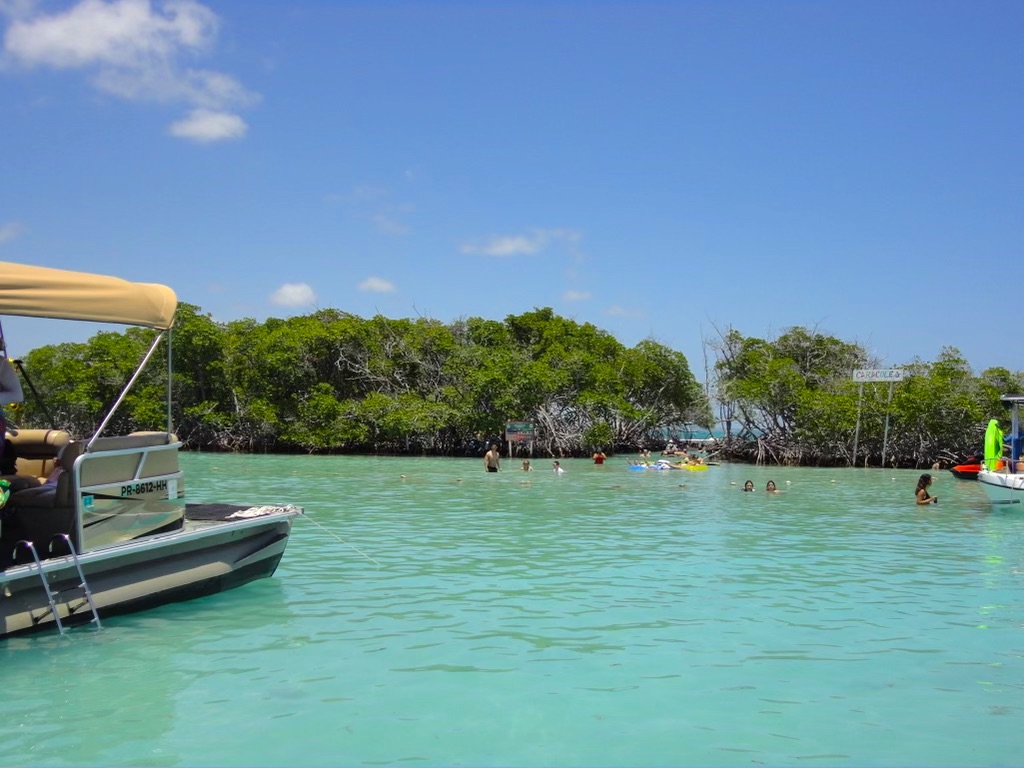
La Parguera is a small fishing village located on the southwestern coast of Puerto Rico, in the municipality of Lajas. Sharing the same name, La Parguera is a nature reserve comprised of a string of mangrove islands located off the southwest coast of Puerto Rico. During the day, visitors can take a boat tour of the bay and enjoy the clear waters and abundant marine life. The bay is home to many mangroves, which grow on shallow sandbars to provide important habitat for marine life. At night, visitors can take a boat tour of the bioluminescent bay, where tiny microorganisms in the water light up, creating a spectacular glowing effect. The bioluminescence is particularly vivid during the new moon phase, when the sky is at its darkest.
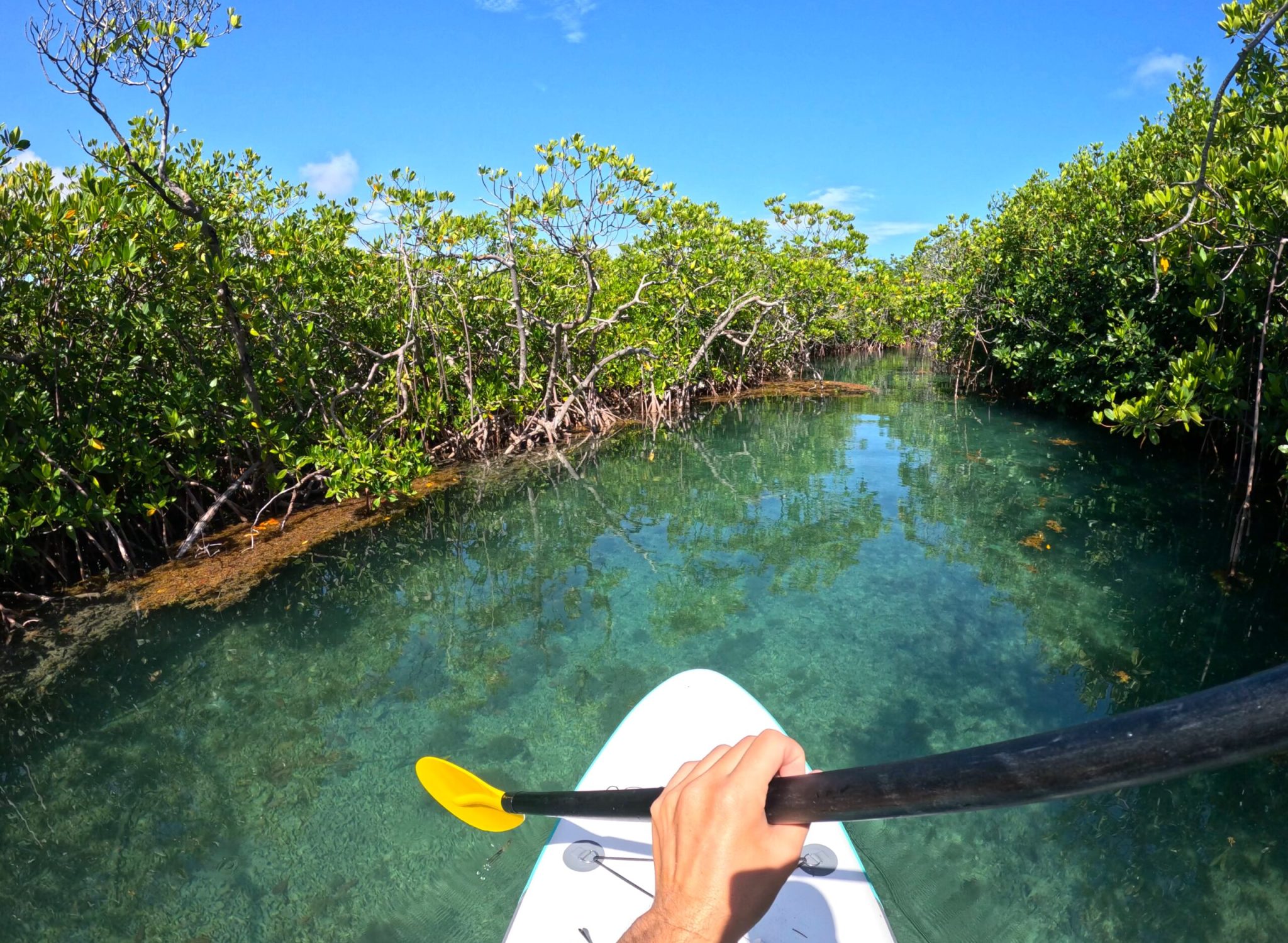
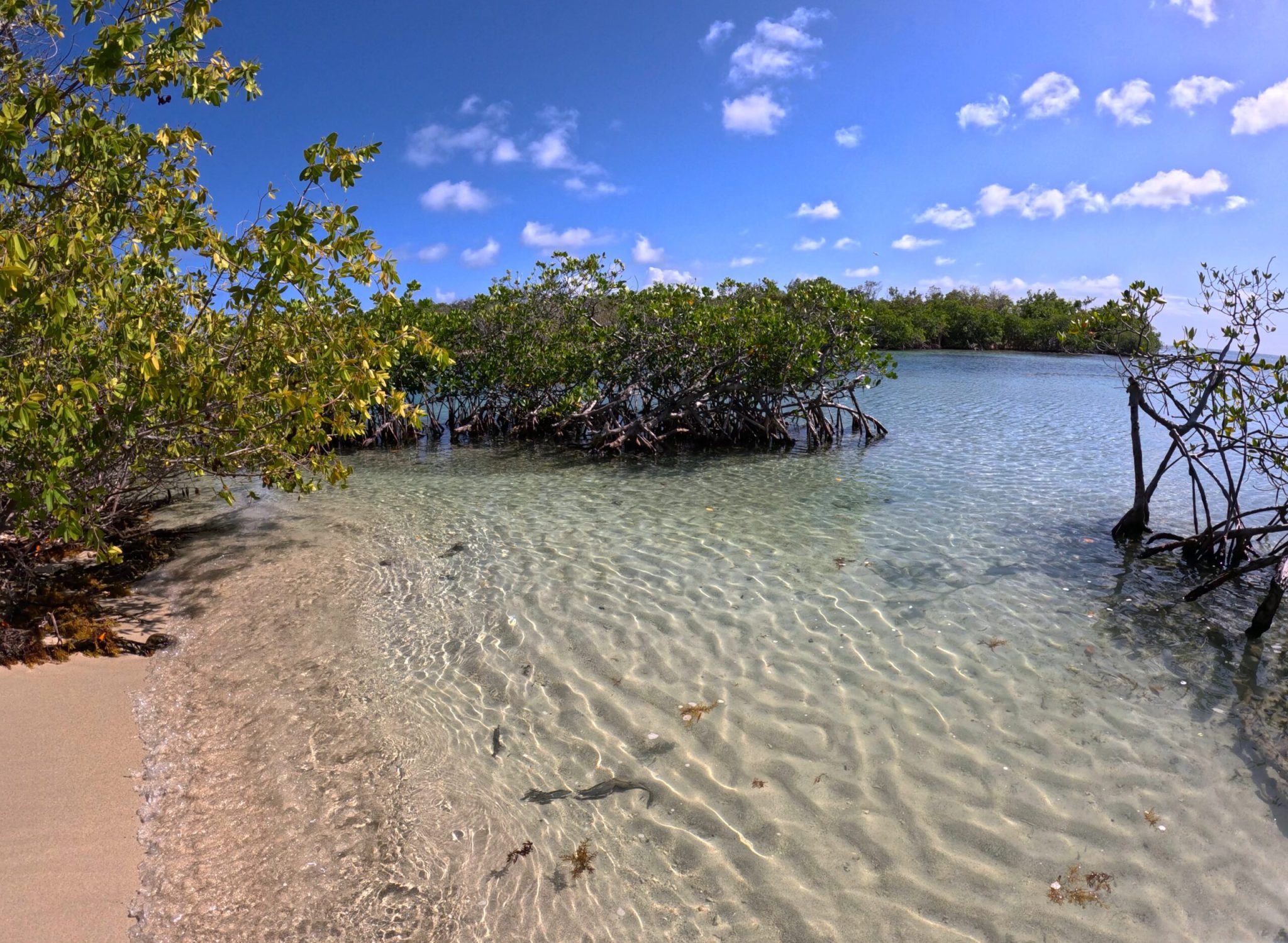
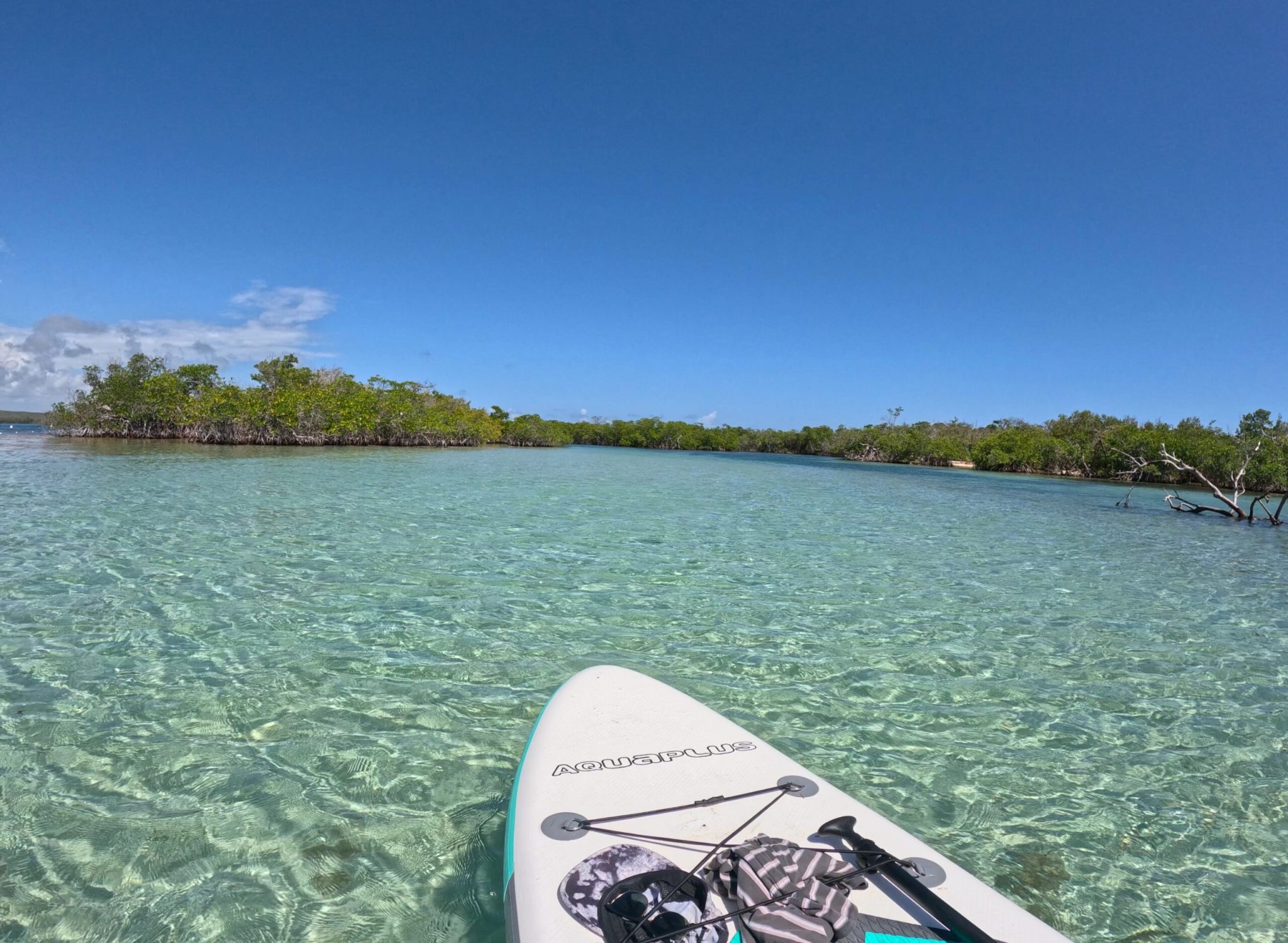
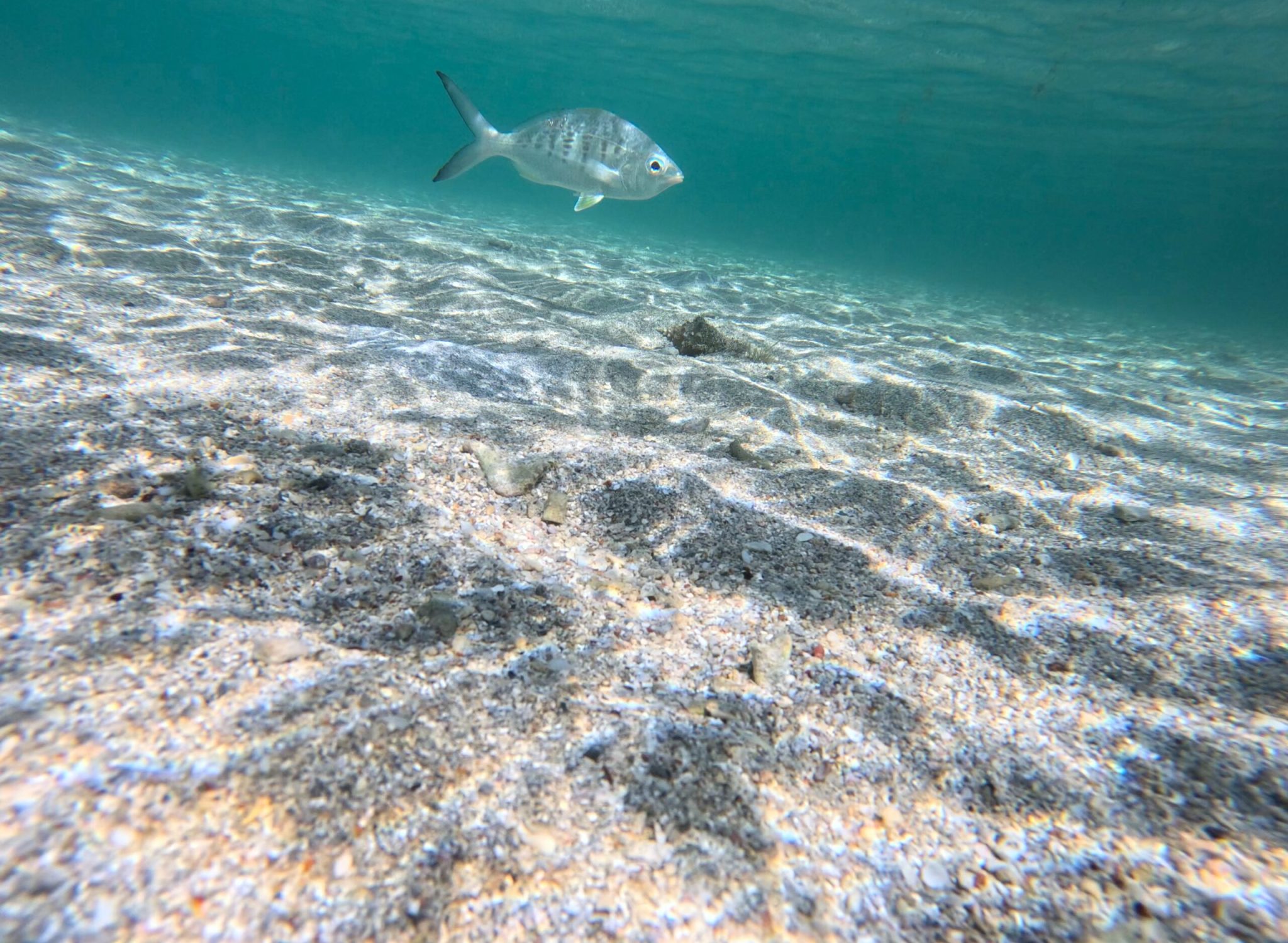
This is not where the TV show was actually filmed, its real name is Cayo Aurora but somehow the name stuck. This key off the south west coast of Puerto Rico is a small mangrove island. I am told it used to be much bigger but an earthquake greatly reduced its size. The ferry that used to run from Guánica is permanently out of commission so you either need to find someone with a boat or rent a kayak. I am actually not sure if visitors are currently allowed on the island, so please check before going. When you get to the island you’ll be rewarded with white sands and turquoise water. I saw a good amount of sea life, more than I had expected to see! The coolest part is the two channels that run through the island.
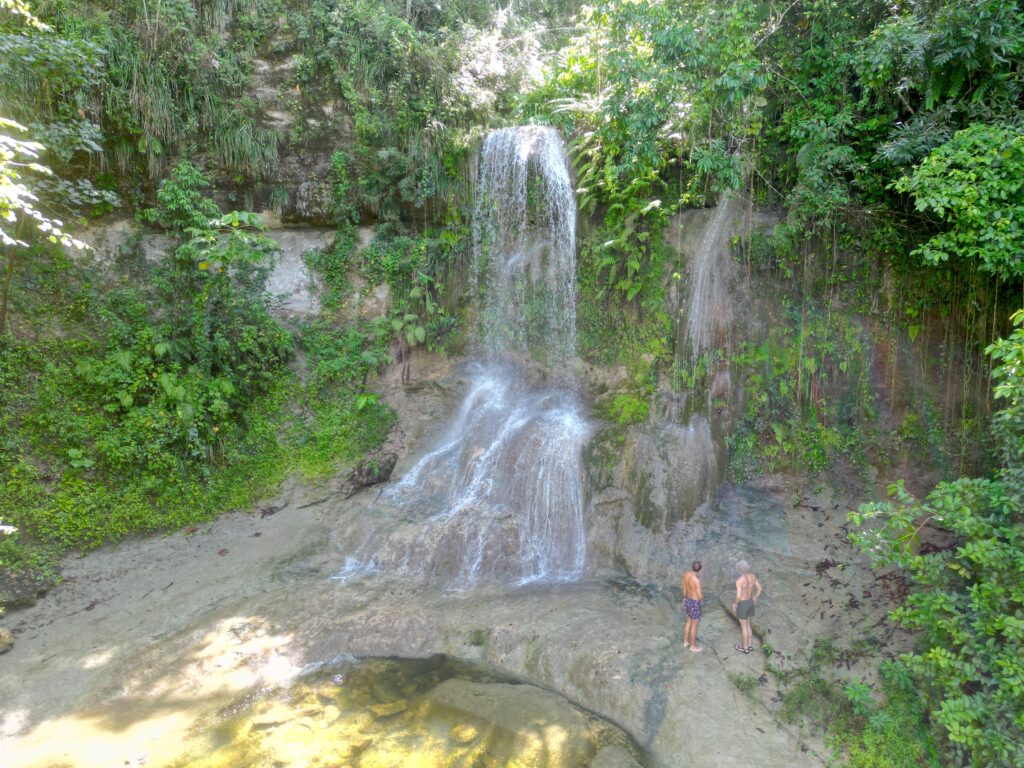
This waterfall is fed by a natural spring in the mountains of San Sebastian. The cold water fills a shallow pool and runs under a bridge before dropping off in a much taller waterfall into a deeper pool below. I’m not sure if the lower pool is accessible. You can park right on the bridge and walk down to the base of the falls. What makes this spot unique is the impressive buildup of calcium carbonate under the falls and down river. Where you would expect to find a stream bed filled with river rocks, instead you find a smooth surface that looks more like a paved road with an inch or two of water running over the tan rock.

Don Frappé has a lot more than just smoothies or shakes! It’s a family theme-park targeted towards children. There are some small amusement park rides like a miniature train and ferris wheel. There are bumper cars and a go-kart track. There’s a rock wall, escape room, obstacle course, and even petting zoo. There is food, drinks, ice cream, and the ever popular frappé. If you are traveling with young kids, cosider a stop here, they’ll have a blast.
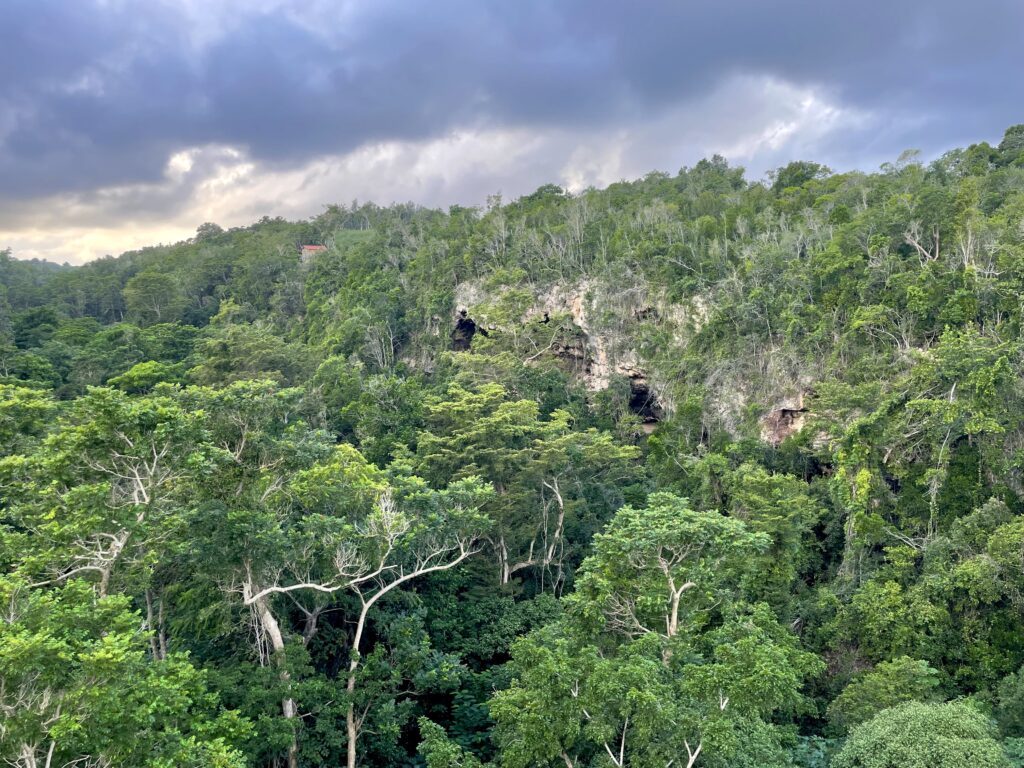
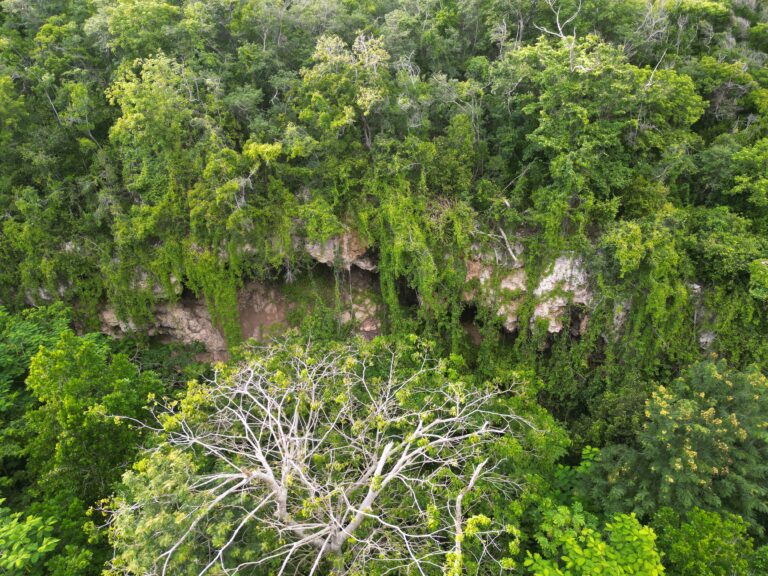
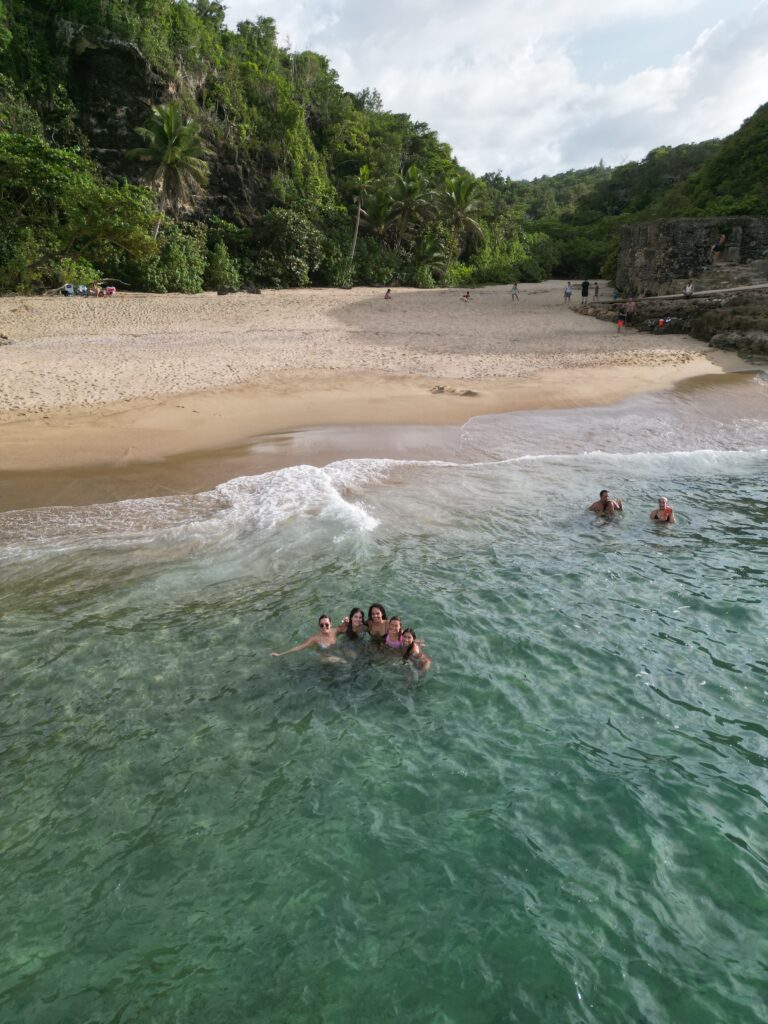
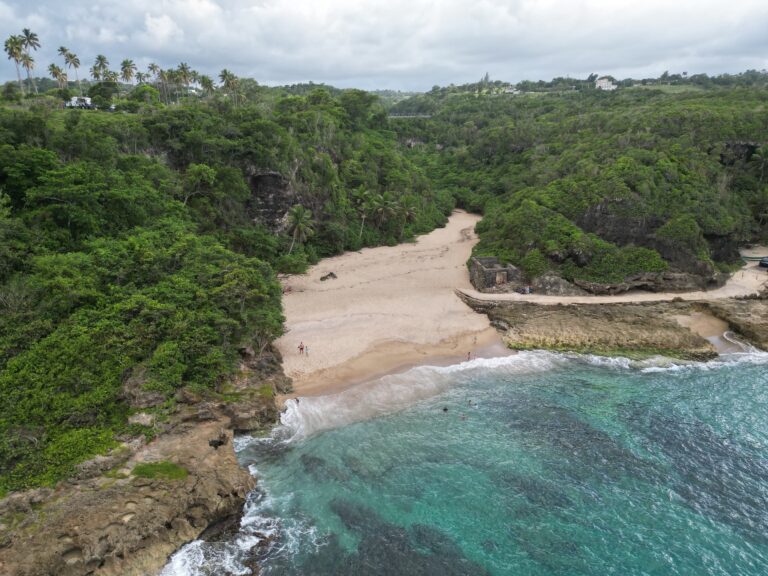
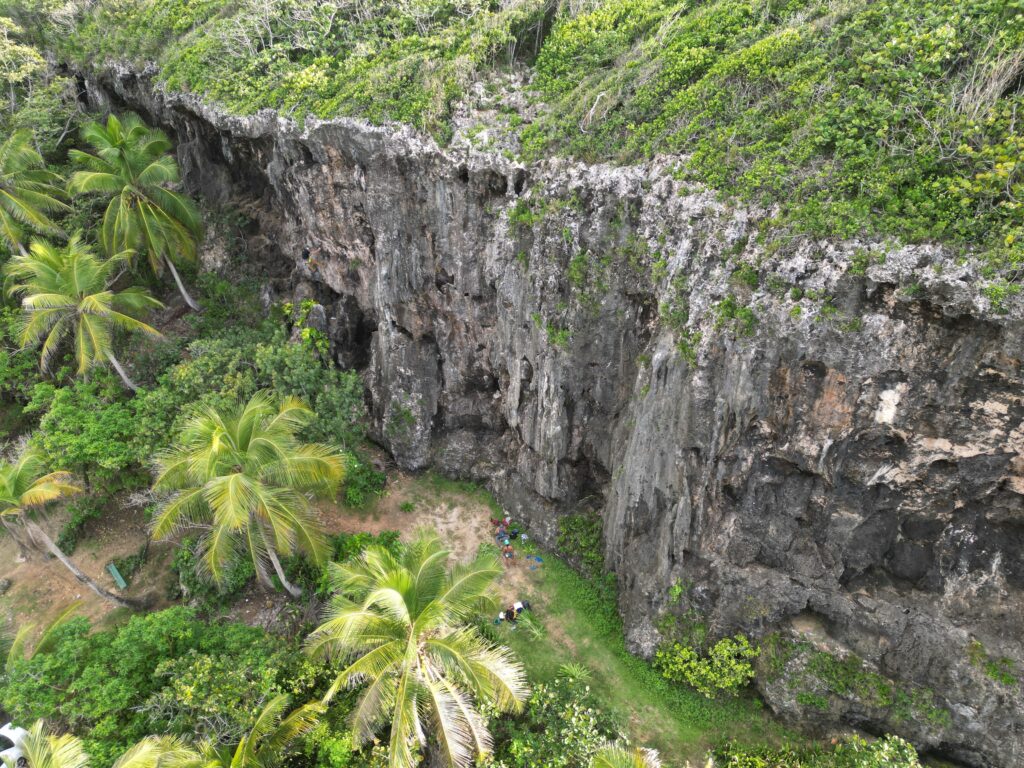
Puerto Hermina Beach is beautiful and a top 20 beach in it’s own right, but what makes it really special is just how many things there are to do there. There isn’t much coral, just rock, but snorkeling is fun because there’s a lot of fish swimming between fissures in the rock on the sea floor. It’s a popular spear fishing location. Right next to the parking lot is a cliff face where you can rock climb. It’s a well bolted crag with five moderate sport climbs. I found lead climbing a 5.8 here tougher than Flying Coconut Crag or Monagas. The sand at the beach recedes far back into the forest. If you follow it, you’ll find a pleasant hiking trail lined by snake grass amongst mature trees. If you go left at the 1st fork, then right at the next, you’ll arrive at a long bridge spanning the canyon with great views of the canopy below and the surrounding limestone cliffs. Along the rocky coastline are pavilions offering shade looking out at the ocean. You’ll need to bring your own table and chairs, but it’s a perfect spot for lunch with a view.
Beaches
The western region is best known for its tropical beaches, boasting some of the very best on the island. Of my top 10 favorite beaches in Puerto Rico, western beaches take the majority of the spots. All of these beaches listed are worth seeing. To properly see them all you’ll need two to three days because the Western Region is so big. Some of these beaches are very far apart. Visit the beaches in the north west one day and beaches in the south west the next day.
You’ll find the best snorkeling on the main island at Shacks Beach and Playa Escalera – Reserva Marina Tres Palmas.
The best surfing is at spots like Domes Beach and Playa Jobos, though there are many more as the west side is the best region for surfing. Many Americans have settled in Rincon for this very reason. Rincon is known as the “Surf Capital of the Caribbean,” and for good reason. It has several world-class breaks, including Domes, Maria’s, Tres Palmas, and Sandy Beach.
For more information on these beaches, and to see them ranked, check out Beaches.
